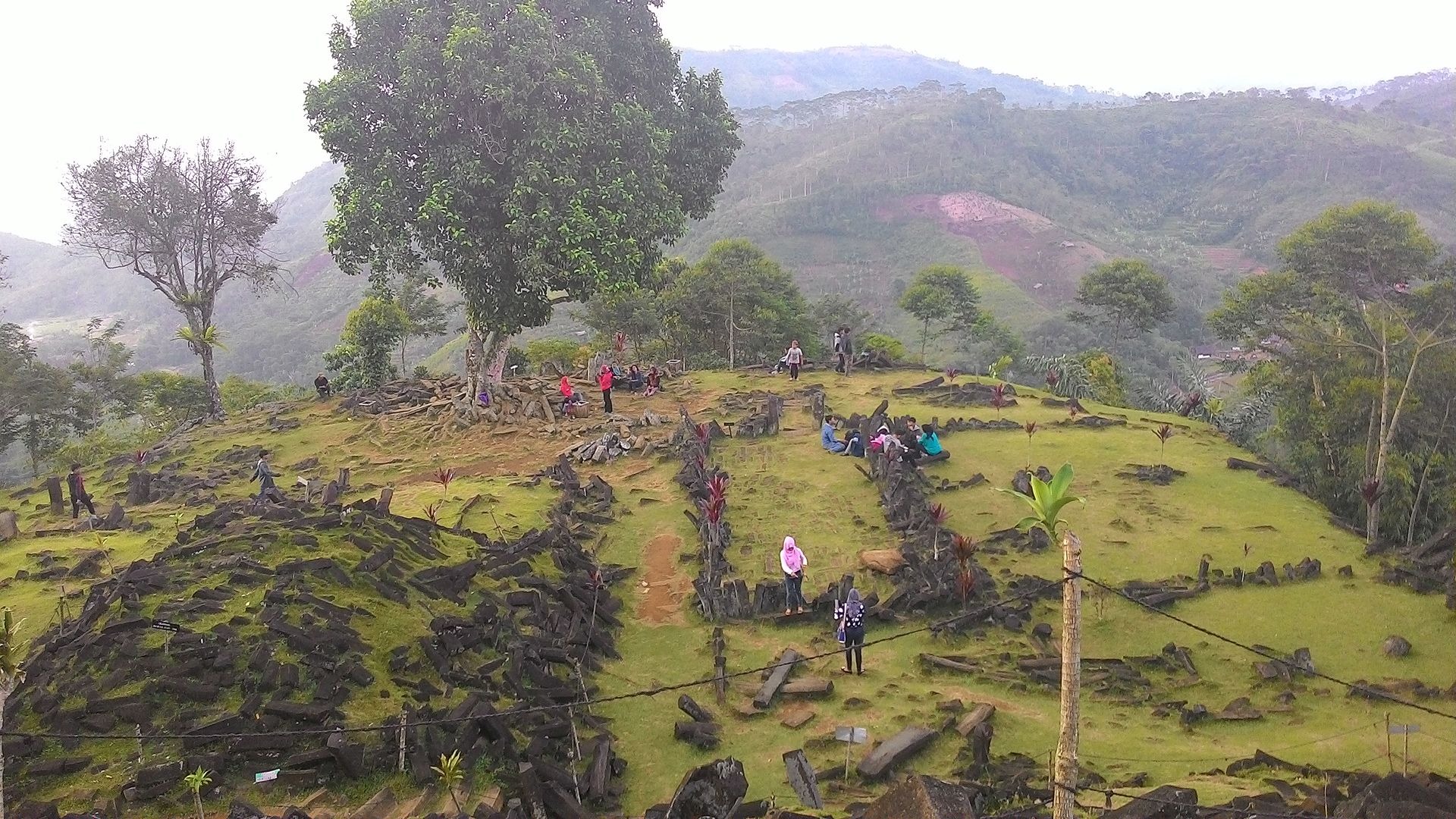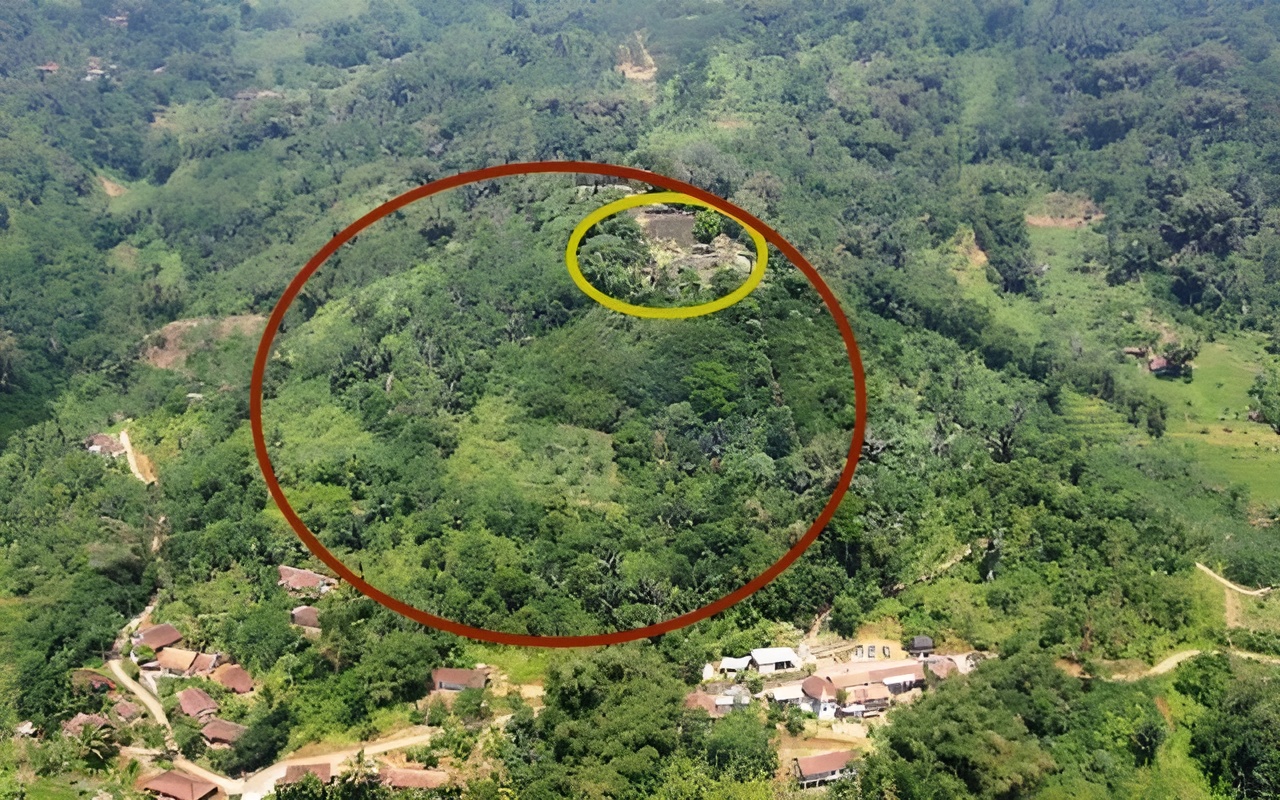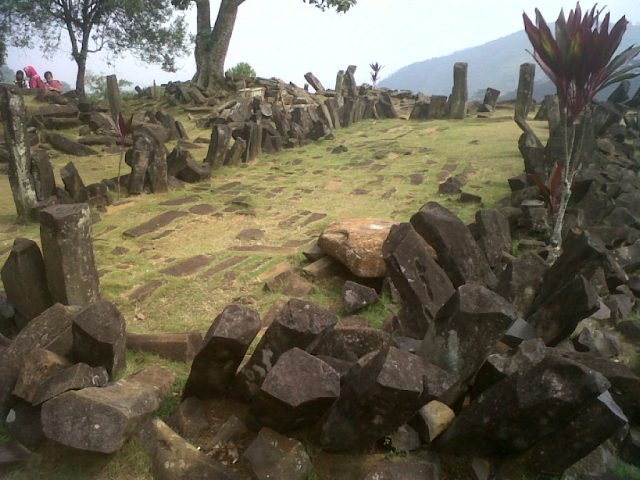
Mount Padang: Indonesia is a country famous for its white sand beaches, blazing hot sun, and crystal blue waters that lure millions of tourists every year, from continents as close as Australia or as distant as the southern United States.
Its beauty is legendary, and locals are justifiably proud of the way nature seems to have given the country a double dose of unspoiled landscapes and memorable sunsets.
But there is much more to this island paradise than beaches on which to relax and oceans in which to surf and swim. Indonesia has some remarkable archaeological structures, some of which date back thousands of years.

These locations appeal to scientists every bit as much as the beaches appeal to visitors, and there is much to be gained from experts’ investigations into these sites.
One example is the “pyramid” atop Mount Padang, in West Java. It’s not a pyramid in the usual sense one might imagine them, like the famous pyramids of Egypt.
But it too has secrets buried just beneath its surface, like Egyptian pyramids have tombs of kings and queens under their surfaces. And the secrets lurking under the rock and earth at Mount Padang are as complex and compelling – and also very old – as the ones that lie beneath the Giza Pyramids near Cairo.
The mountain has always been a place where residents go to pay their respects, pray and meditate. But until recently, in 2018, what was underneath the crumbling ground of the megalith was unknown, although it was “hiding in plain sight,” as the old adage goes.

Thanks to modern archaeological technology, like scanners and ground x-rays, scientists now know that there is a massive weaving of tunnels and chambers and pillars just 10 feet below the mountain’s surface.
Hiding in plain sight indeed.
A team of experts long imagined that there were many surprises beneath the pillars atop the structure. Now, they have a clearer understand of, and insight into, what those surprises entail.
According to the team’s leader, Danny Hilman Natawidjaja, who is a senior scientist with the Indonesian Institute of Sciences, “It’s a unique temple,” he explained to the press two years ago. “It’s not like the surrounding topography, which is very much eroded… This looks artificial to us.”
In other words, the experts believe it’s man-made.
The team used advanced techniques to peer beneath the stone surface without disturbing it, including ground penetrating radar, 3D imaging and other methods.
Ultimately, they found a 15-hectare sized structure consisting of pillars, terrace steps, paths, spaces, rock columns and more. Each time they looked further down, new revelations and structural marvels appeared.
At the second layer down, the scientists found built artifacts they estimate to be 7,500 – 8,300 years old. Down further, to a third layer, construction at 49 feet deep may be as much as 28,000 years old. Clearly, the people who built the temple did so in a layering fashion, putting a new structure on top of an existing one.
However, while some things about the site changed – steps put in here, walls there, depending on who was doing the building – one thing, experts say, likely didn’t change: the reason for the temple’s existence.
Just as folks today go to the site to ponder the existence of a higher power and extend their respects, that is probably what they used it for so many thousands of years ago, as well.



